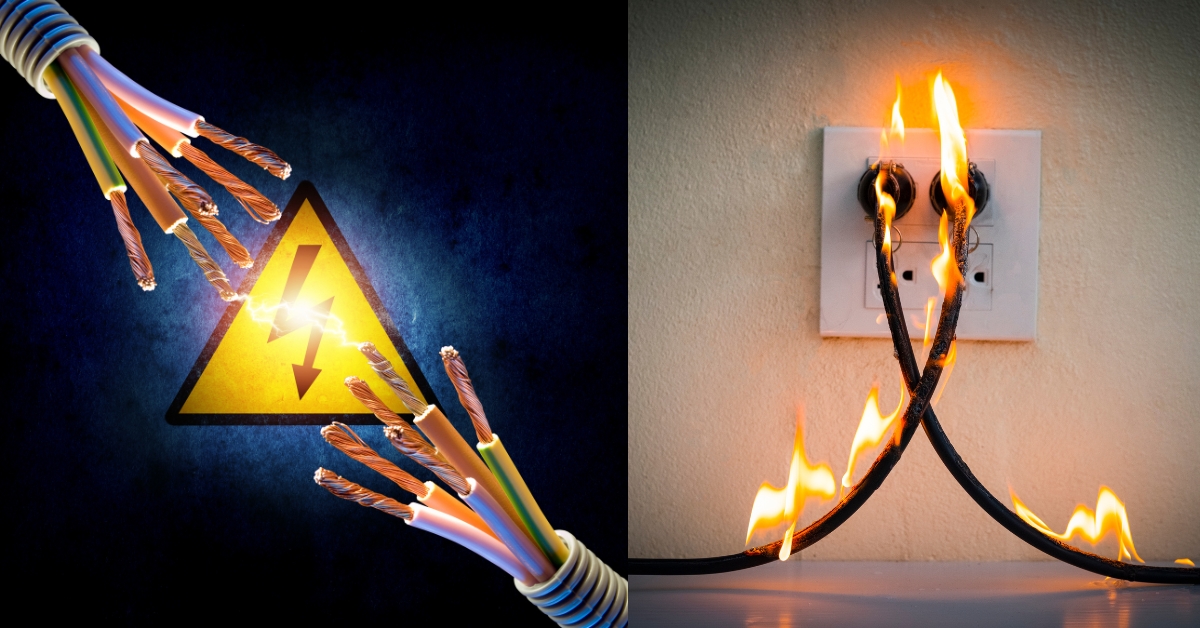
The Evolution of Building Systems
Traditionally, electrical systems were mainly designed for high-power distribution—lighting, heating, and running heavy equipment. However, with the rise of automation, security systems, and IT infrastructure, there has been a growing need for a different kind of electrical architecture. These systems require fast, reliable, and secure data transmission, often on a 24/7 basis, but with minimal energy consumption. This is where low energy signal-based infrastructure comes into play, creating a bridge between digital communication and physical operations.
Role of Data and Energy Efficiency in Smart Structures
Modern buildings—from commercial complexes to industrial facilities and smart homes—rely on seamless data exchange and responsive control mechanisms. Systems like CCTV, fire alarms, data networks, building management systems (BMS), and access control all operate through finely tuned networks of cables and devices that must function efficiently without adding excessive energy loads.
Optimizing data flow improves the speed, reliability, and security of communication between these subsystems. When coupled with efficient energy management, it ensures that a structure operates not only intelligently but also sustainably. This synergy ultimately reduces operational costs, enhances safety, and increases the overall value of the infrastructure.
How Advanced Signal Systems Support Infrastructure Goals
One of the key benefits of using dedicated signal transmission systems is their ability to carry out specialized tasks without interference or data loss. Structured cabling, fiber optics, and networked sensors form the digital nervous system of a smart building. These technologies make it possible to monitor energy usage in real time, detect anomalies in performance, and take corrective actions without human intervention.
Furthermore, these systems are scalable and adaptable. As technology evolves, new modules can be integrated with minimal disruption, making them ideal for buildings that plan to remain operationally future-ready. Partnering with a Top Electrical Solution Company in Rajasthan ensures that these implementations are done according to international standards, offering maximum performance and longevity.
Energy Conservation Through Smart Integration
One of the major concerns in urban development is reducing the carbon footprint of large buildings. Efficient energy use is not only environmentally responsible but also a cost-effective operational strategy. By utilizing intelligent lighting systems, automated HVAC controls, and real-time occupancy sensors—all interconnected through low energy signal systems—buildings can drastically cut down on unnecessary energy usage.
For instance, smart lighting solutions adjust brightness based on natural light availability or occupancy, while smart meters help track power consumption patterns, enabling predictive maintenance and better energy budgeting. These benefits underline the importance of choosing advanced solutions such as Low Current System In India that can seamlessly integrate into larger frameworks.
Designing for Resilience and Scalability
One of the most valuable aspects of modern low-power communication networks is their modularity. This ensures that as the needs of a building evolve—whether due to expansion, changes in usage, or technological upgrades—the existing infrastructure can accommodate new systems without requiring a complete overhaul.
Additionally, these systems enhance the resilience of critical operations. For example, having reliable signal-based communication lines is essential during emergencies, ensuring that fire alarms, evacuation systems, and security protocols function without failure. By collaborating with experienced providers like Manikaran Enterprises, infrastructure planners can ensure that resilience is built into every layer of the building’s operations.
The Future of Smart Infrastructure
As more cities and facilities move toward automation and sustainable operations, the demand for intelligent infrastructure is only expected to rise. Integrating efficient data and power systems is no longer optional—it is a necessity for any building aspiring to meet global standards of performance and sustainability.
To remain competitive, businesses, facility managers, and developers must prioritize technologies that optimize both communication and power management. This strategic approach not only enhances current operations but also positions structures for future growth and innovation.
Conclusion
In conclusion, optimizing data flow and energy use is central to the success of contemporary structures. By implementing intelligent electrical frameworks that support automation, sustainability, and efficiency, developers can create smarter and safer environments. Solutions like Low Current System In India provide the technological backbone needed to support these goals. Partnering with a Top Electrical Solution Company in Rajasthan ensures that these systems are designed and installed with precision, performance, and long-term reliability in mind. As the infrastructure landscape evolves, embracing these innovations is key to building the cities and facilities of tomorrow.